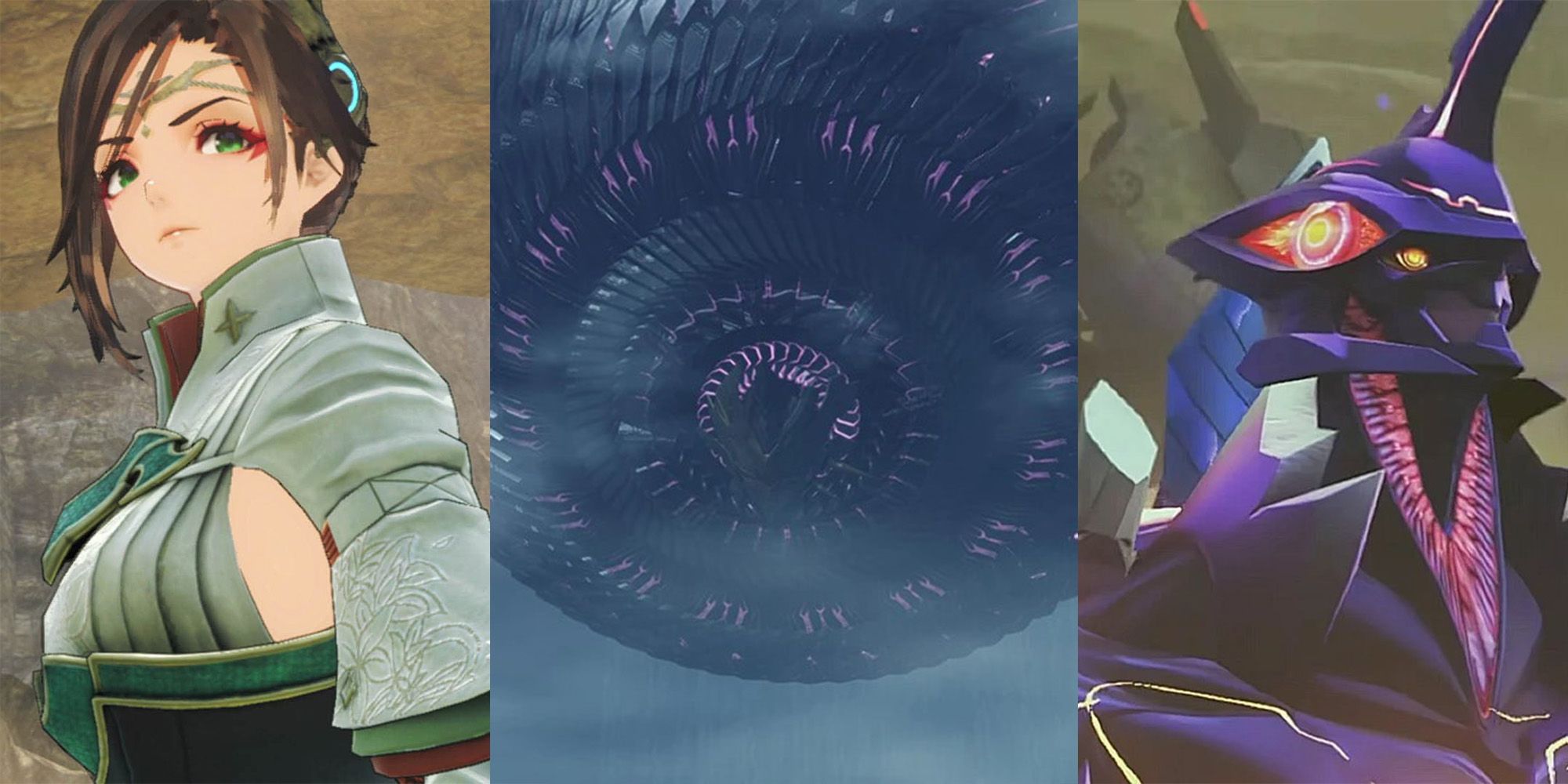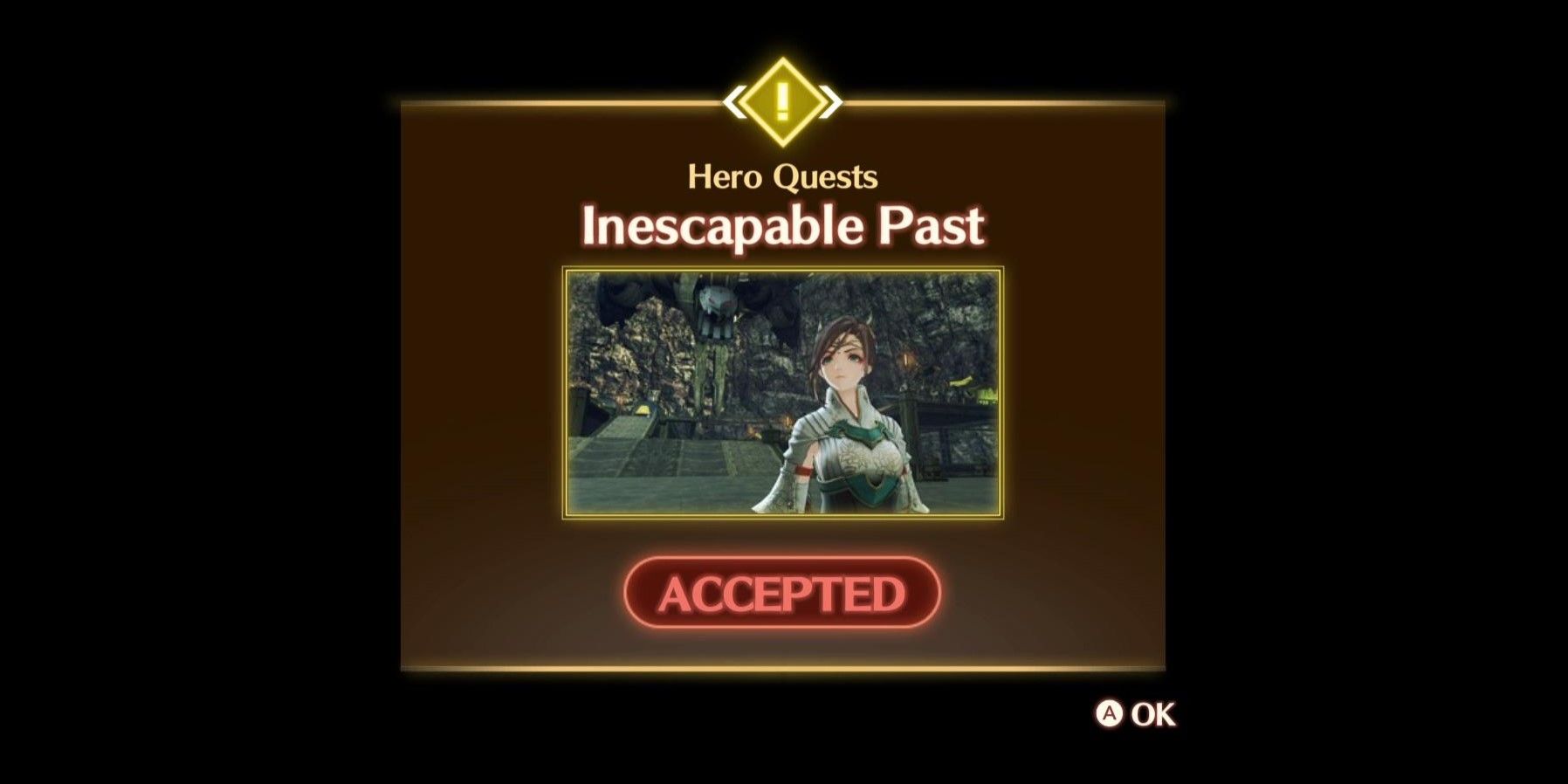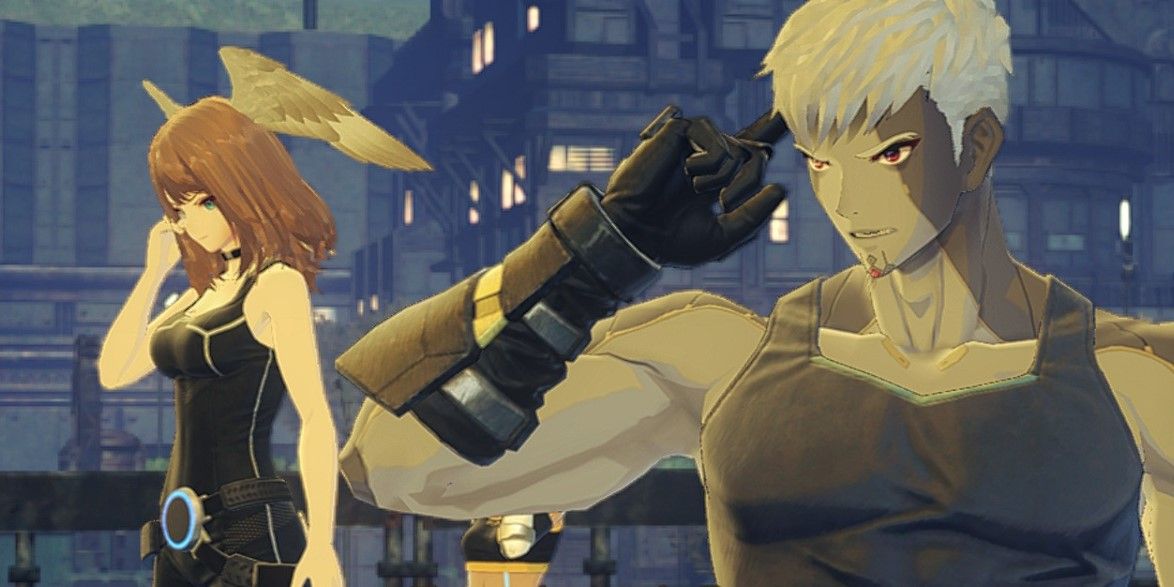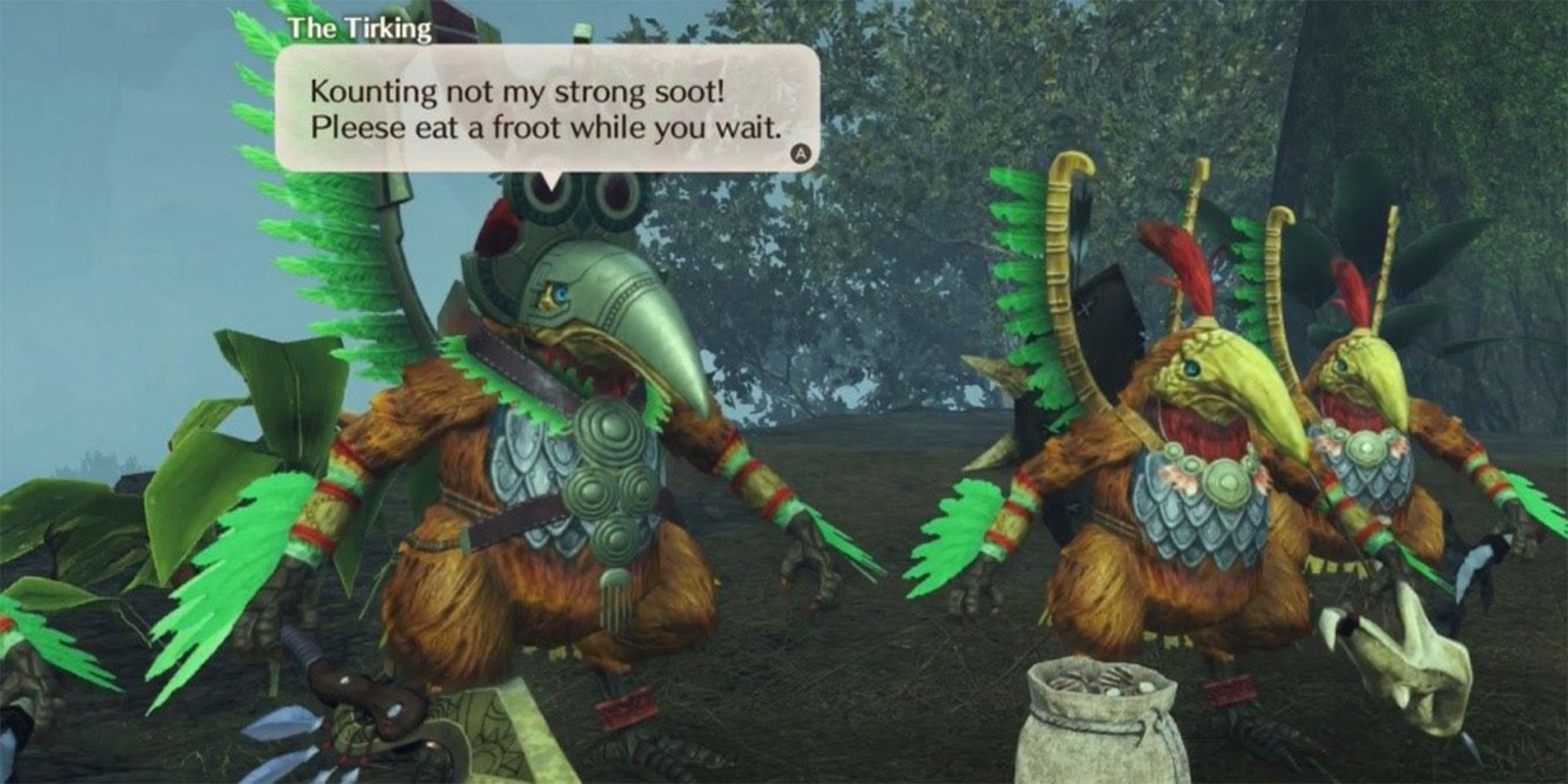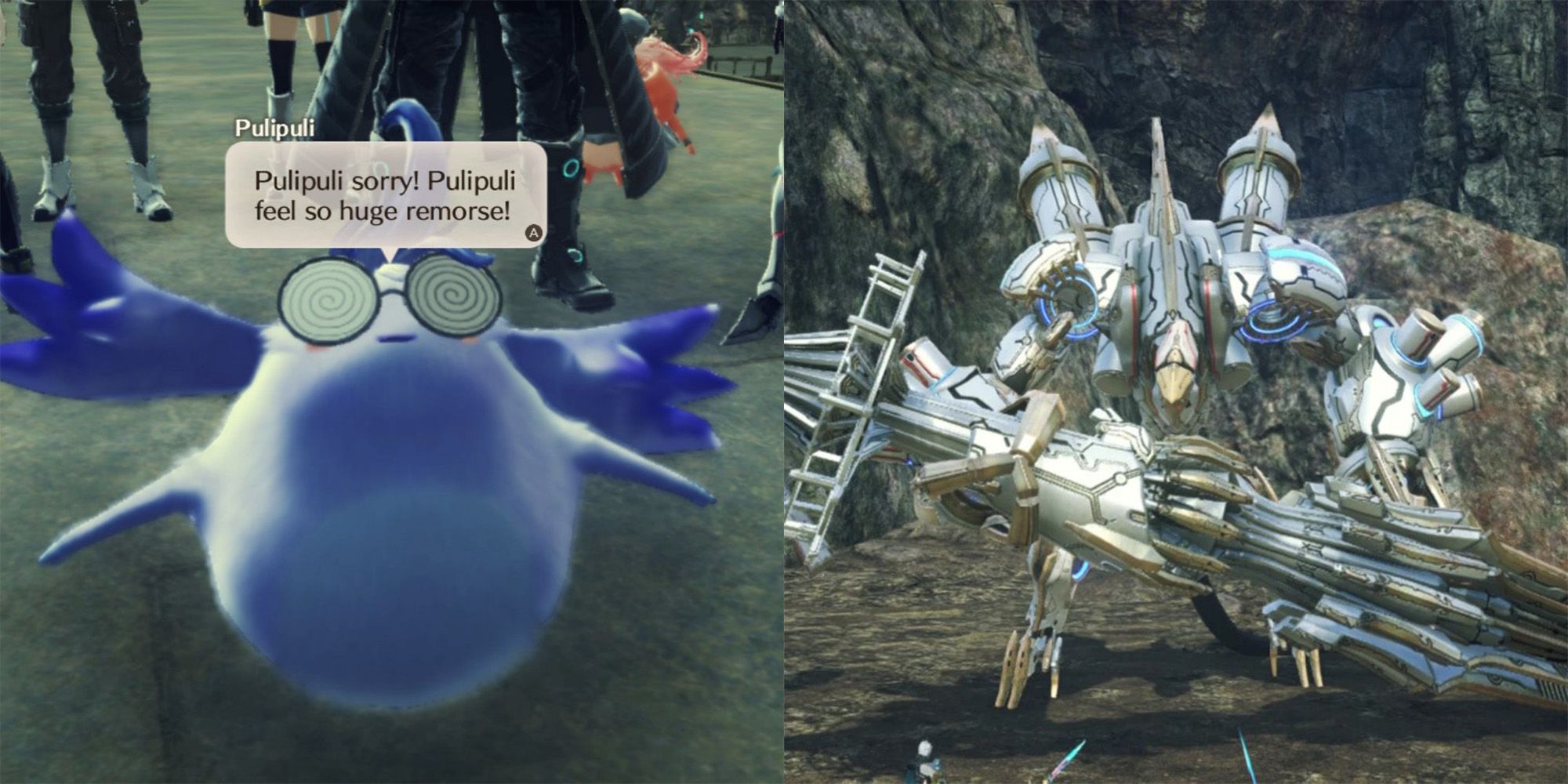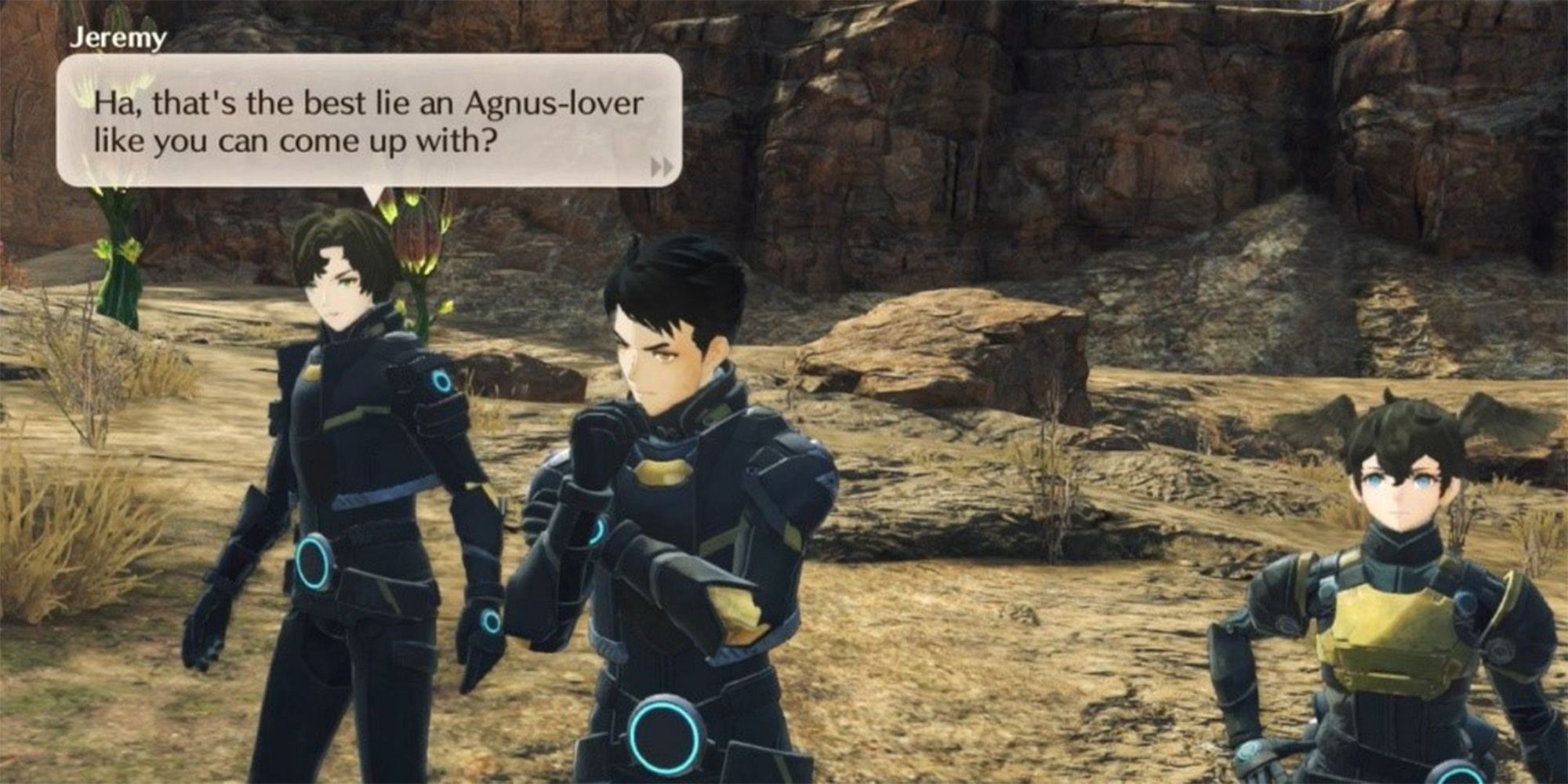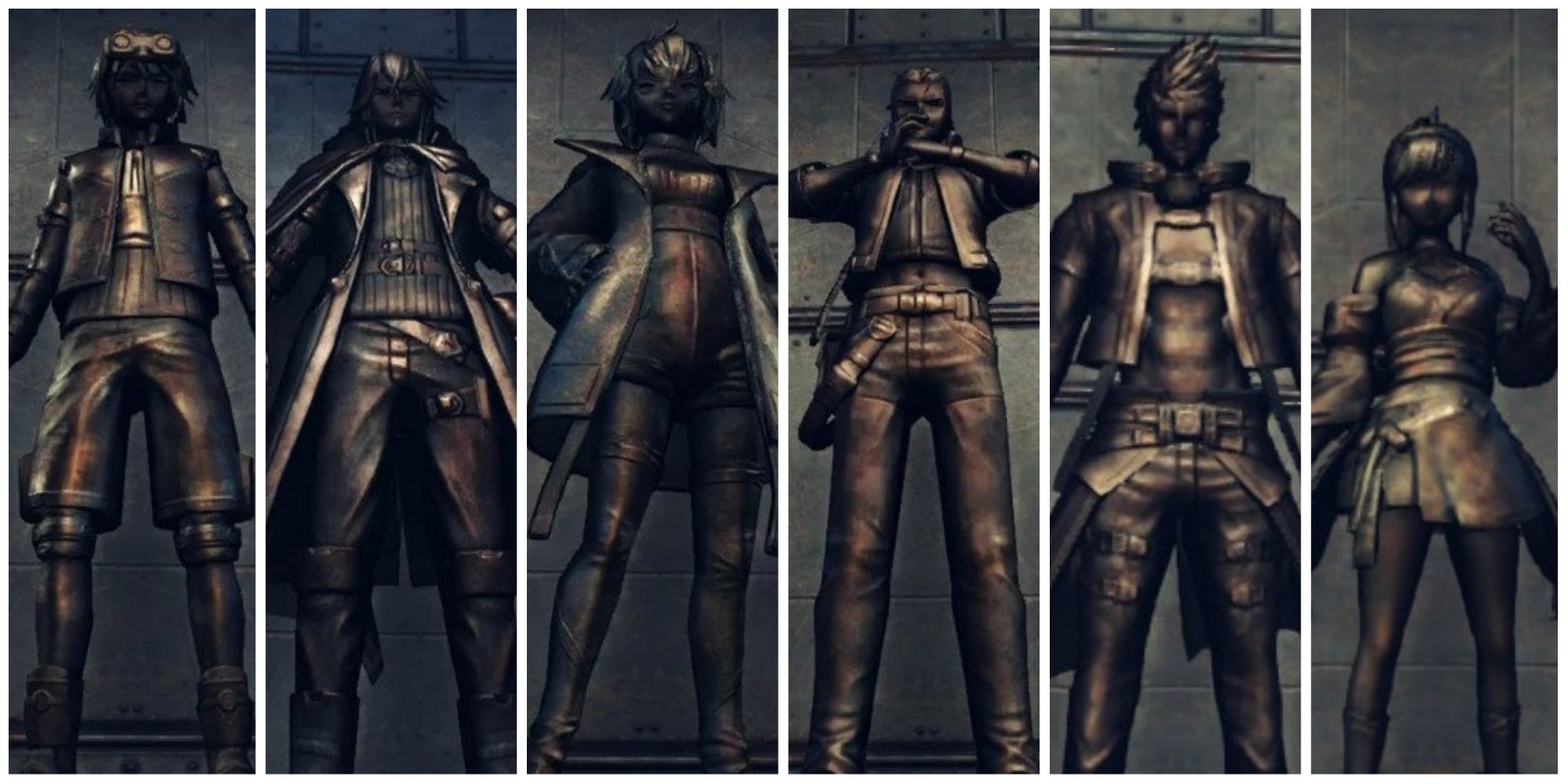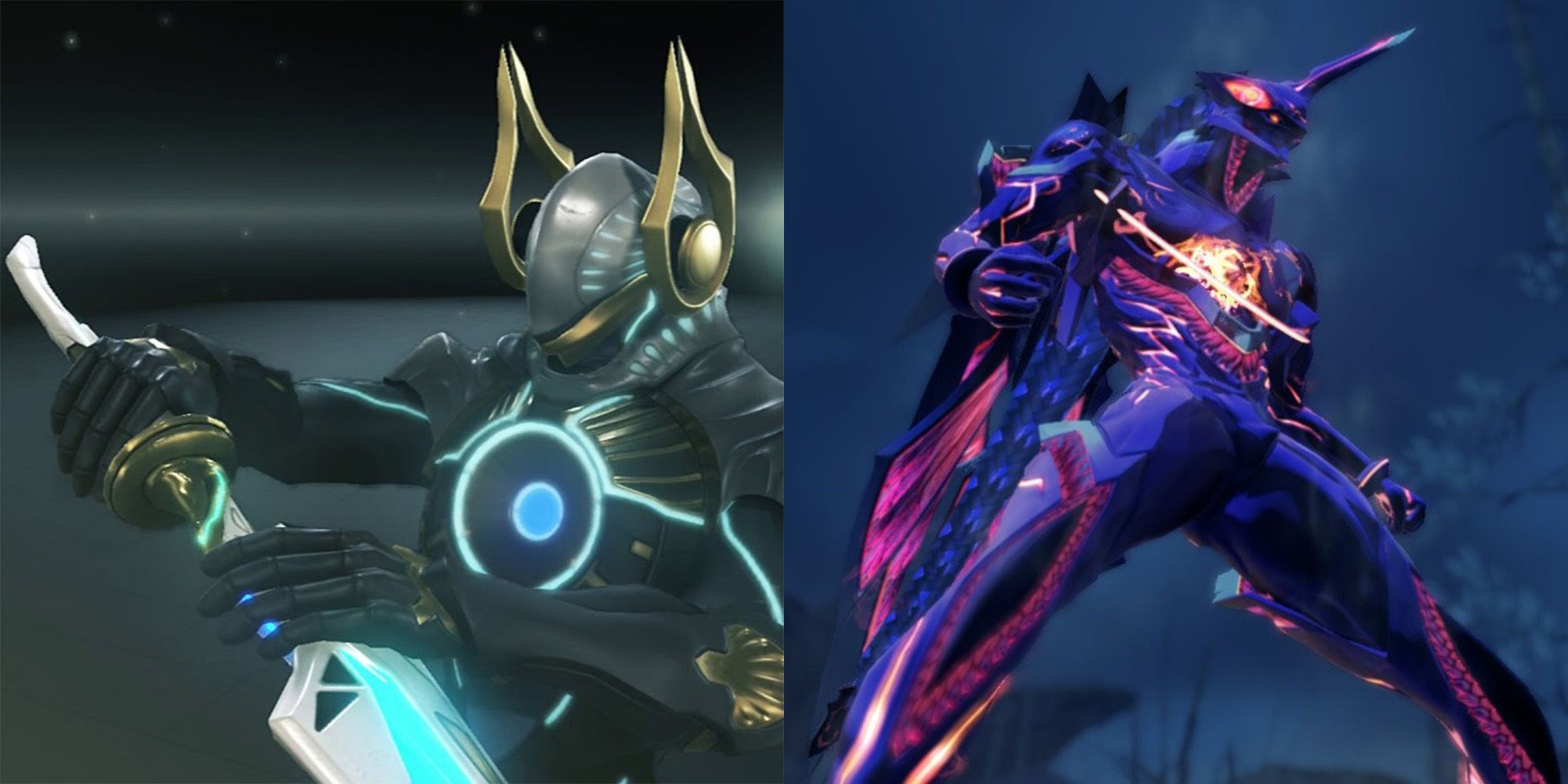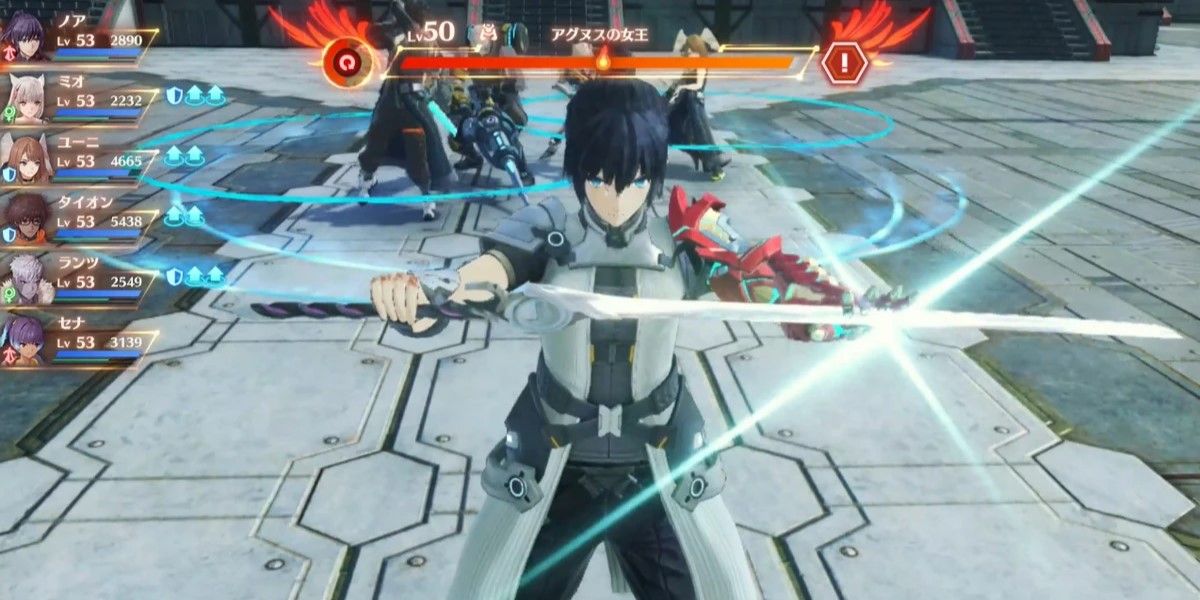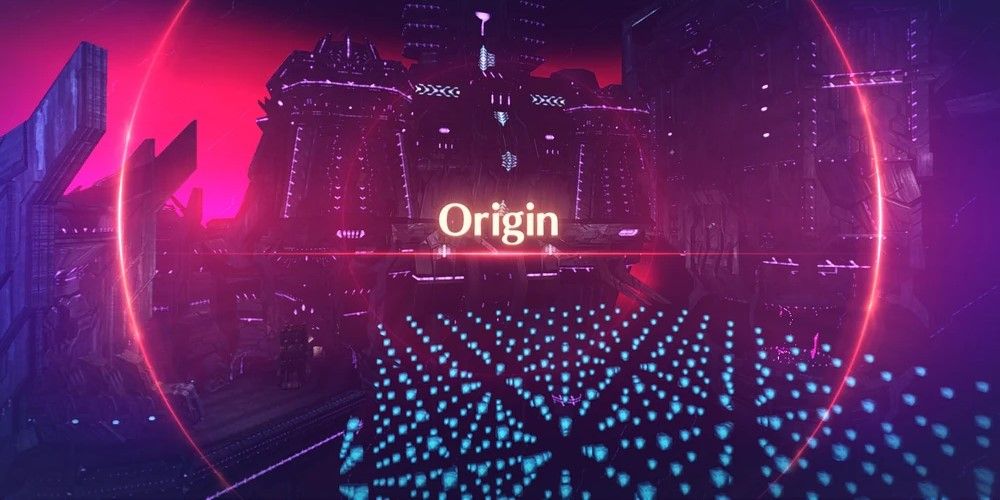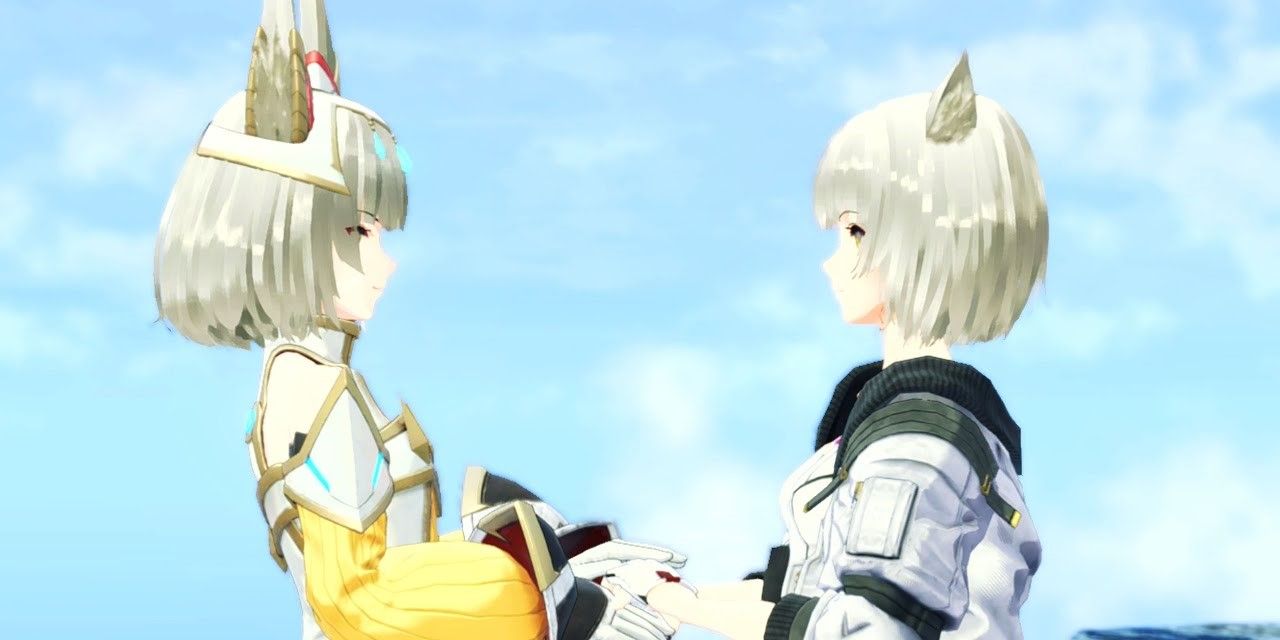Xenoblade Chronicles 3 is an absolutely massive game, and the world of Aionios holds many secrets. Even when you think you’ve found everything, you just might stumble upon an entirely optional dungeon, or a small cave full of collectible mushroom items.
The same can be said for the game’s story. Including elements from Xenogears, in addition to combining the worlds of Xenoblade Chronicles 1 and 2, was an incredibly ambitious task. Xenoblade Chronicles 3 leaves a lot of its story elements open-ended, and a lot of its best plotlines tucked away in sidequests. You wouldn’t be alone in missing a good majority of these on your first playthrough.
This article contains massive spoilers for Xenoblade Chronicles 3.
10/10 Ascension Quests: Holding Out For A Hero
Is there a Hero you like that you wish got more screen time, or was more fleshed out? Ascension Quests are special quests that you need to complete to reach a Class’s max level, and push your Heroes to their limits. Unless you’re Isurd, that is, yearning for a day off at the hot springs.
These quests often show you sides of a Hero you’ve never seen before, be it the true reason for Ashera’s recklessness, what Alexandria had to do to become Commander, or Zeon’s blossoming love for potatoes. Ascension Quests also open up new related quests or permanently impact the world of Aionios in subtle ways. For instance, the Tirkin Ghondor adopts at the end of her Ascension Quest follows her all the way to Agnus Castle, and can be spoken to like regular NPCs.
9/10 Main Character Side Stories: Vital Chunks Of Easily-Missed Character Growth
Side Stories are like Ascension Quests, but for your main party. While Noah’s and Mio’s are a required part of the story, the other four are optional and very easy to miss if you’re not trying to do every side quest.
Side Stories can offer up entirely new areas to explore, such as the Colony of Taion’s mentor, Nimue. They mostly serve to resolve plot threads that the main story didn’t have the time for. Through them, Eunie finally tells the party about her past life, and Sena faces off against Shania once again. Special attention goes to Lanz’s Side Story, as it sees him confront the reborn versions of his childhood bullies.
What’s special about this Side Story is that, once it’s done, the defeated bullies will travel around, and you can talk to them again by backtracking to early-game Colonies.
8/10 Maktha Wildwood’s Tirkin: Bird Marriage?
After freeing Colony Tau from their Flame Clock, you’ll receive a quest called “Tau-Tirkin Alliance”, wherein you’re tasked with maintaining relations with a neighboring tribe of Tirkin. The quest has two endings: either you collect a ton of items as a peace offering, or you end the alliance, turning the Tirkin Tribe hostile.
Because the former option is very tedious, most people would opt to just end the alliance. However, doing so can’t be undone, and it prevents you from talking to the Tirkin tribe’s leader (aptly named the “Tirking”), his daughter, and her fiancé. The Tirking doesn’t like his daughter’s would-be spouse, but the couple is determined to change his mind.
This is a very minor subplot in the grand scheme of things, but it’s one that you’re very likely to miss out on if you ended the alliance.
7/10 Pulipuli: Nopon Saboteur!
When you free Colony 30 from the clutches of the Flame Clock, and do a few side quests, Valdi and the rest of the Colony begin working on a brand-new Levnis, named Dorrick. To complete Dorrick’s construction, you’ll need to perform loads of side quests and collect tons of mechanical items. It’ll likely take you the whole game to finish.
To help work on Dorrick, Valdi enlists the help of many Nopon, including one named Pulipuli. Unbeknownst to everyone, Pulipuli has plans of his own: sabotage the Dorrick project and earn the affection of Colony Iota’s Alexandria. As you progress work on Dorrick, Pulipuli will get up to various shady activities, including enlisting other Nopon to steal parts.
Pulipuli’s machinations culminate in a surprisingly epic boss fight against him, Dorrick, and several other reprogrammed Levnises.
6/10 Jeremy’s Assassination Attempt: Not All NPCs Are Your Friends
There’s a cutscene early in the game where an NPC named Jeremy threatens to kill Mio for all the lives she took while serving under the Agnus. It serves as a reminder of the atrocities committed in the endless war, and how difficult it’s going to be to change people’s minds.
You won’t hear much from Jeremy again if you play through the story normally, but if you continue doing side quests in Colony 4, you’ll bump into him from time to time. While the rest of the Colony learns to cooperate with their Agnian allies, Jeremy continues to hold onto his resentment. In a much later side quest, he even tries to poison your party, and you’re forced to track him across the desert to arrest him.
Needless to say, not all Colony members are eager to cooperate with former enemies.
5/10 The Story Of The Founders: Past Heroes, United
Not much is known about The Seven Founders of The City, save for what’s written about them on their plaques. But from context clues and what we know from previous games, we can get a rough sense of their stories.
It’s implied through their weapons that Reid and Cassini’s mentors are Shulk and Rex respectively, the protagonists of the previous main two Xenoblade games. It makes sense they wouldn’t stand idly by during Moebius’s conquest. They likely played a similar role to Guernica, fostering and establishing the first Ouroborus — and possibly influencing Ortiz and Rhodes, former enemies, to work together. Furthermore, Vandham and Doyle bear resemblance to Noah and Mio, indicating that they are descendants of Noah and Mio’s child.
Unfortunately, the unnamed seventh founder is still an enigma, so it’s hard to say where they fit into the story.
4/10 Ouroboros: An Extension Of XC2’s Blade System
What exactly the Ouroboros forms are is never explicitly stated, but they have a few notable similarities to Blades from Xenoblade Chronicles 2. Both are powerful living weapons that can regenerate from almost any injury, and they also both draw strength from two people fighting together as one. We know that Nia made the Ouroboros Stones using her own Core Crystal, so seeing as she herself is a Blade, it’s possible that this influenced the way Ouroboros transformations work.
Interestingly, every member of Agnus has a Core Crystal somewhere on their body. Taion’s is hidden underneath his shirt, and is only visible in his swimsuit costume. So, in a weird way, the Blade & Driver relationship from XC2 is still present in Aionios.
3/10 Lucky Seven: A Monado Forged From Origin
The Monado is arguably the most iconic weapon in the Xenoblade series, so you’ll be happy to know that the sword lives on in Xenoblade Chronicles 3 through Noah’s special sword, Lucky Seven. Well, sort of.
While not a one-to-one comparison, it is a special sword that, when powered up by Noah’s Ouroboros form into the Sword of Origin, has the power to tear through the very fabric of the world. And it wouldn’t have been possible to make it if not for Melia, the only known living character from the world of Xenoblade Chronicles 1, causing a piece of Origin’s metal to break off.
Furthermore, the Tachyon Slash and Final Lucky Seven Arts share the same symbol as Shulk’s Monado Purge and Monado Buster Arts.
2/10 The Origins Of Origin: How Does It Work?
Origin is the machine that allowed the worlds of Xenoblade 1 and 2 to survive their collision, as well as what locked Aionios in its timeless state once Moebius took control of it. According to Nia, it was built by the greatest intellects of both worlds. For fans of the previous games, there are definitely a few characters that come to mind, primarily Shulk and Tora.
But how exactly does Origin store the souls and minds of two separate worlds? The answer is surprisingly obvious, in hindsight, because there already exists a type of machine originally intended to bring life back to a destroyed world: Core Crystals. Once used by Klaus to restore life to Earth, inadvertently making the Blade system, giant Core Crystals can be found within the center of Origin — keeping everyone’s souls ready for rebirth.
1/10 Nia And Mio’s Relationship: Mother And (Unknowing) Daughter
You wouldn’t be at fault for missing this one, since the hints for it only come in the post-game, once you recruit Nia as a Hero character. That said, you might very well have been wondering why Mio and Nia looked so similar, ever since Xenoblade Chronicles 3’s first trailer.
The first real hint you’ll see is in the game’s credits, via a picture of XC2’s main cast several years later. You might notice that Pyra, Mythra, and Nia are all holding babies, with an older Rex standing center frame above them. Nia’s baby noticeably has cat ears and silver hair, just like Nia herself, and just like Mio. In the post-game, should you take Nia to the Memorial Hall in the city, she’ll try telling Mio something privately before deciding against it. Chances are she was about to tell her the truth.
